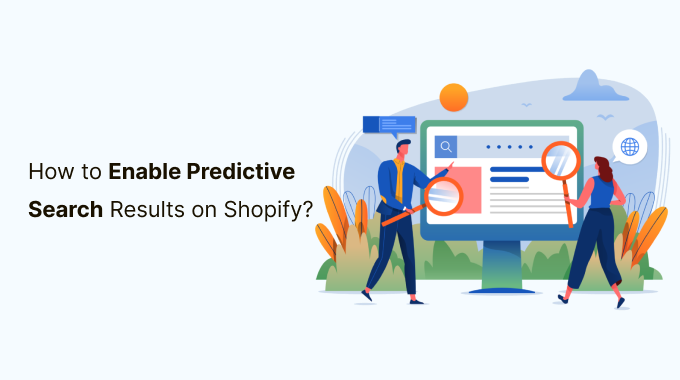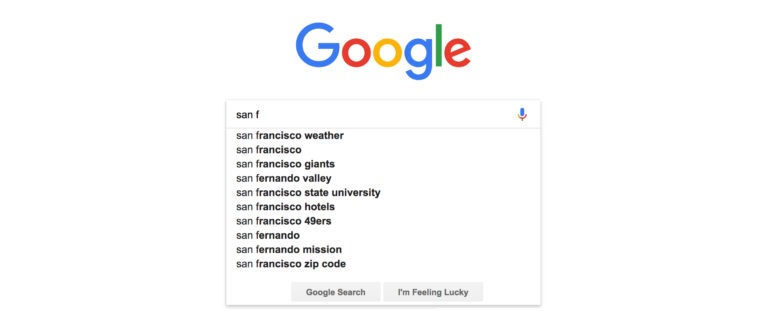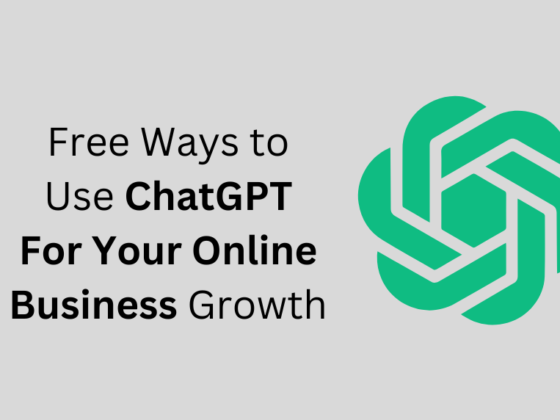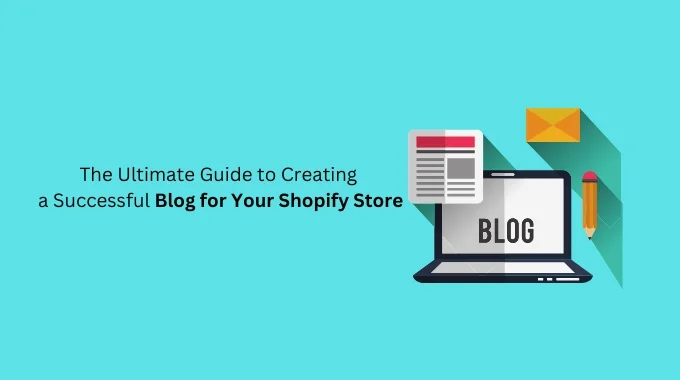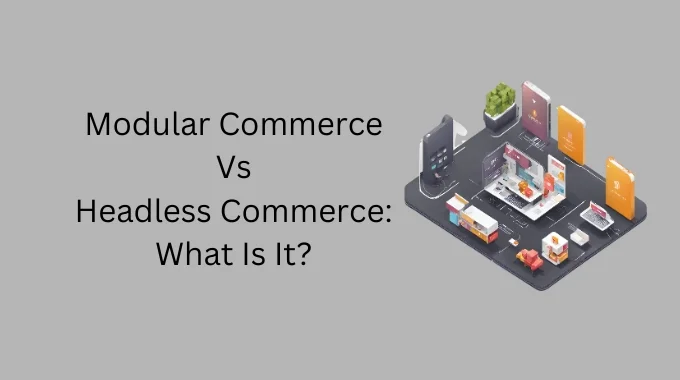Sick of having to type the entire product name each time you attempt to find a certain item on the buying website? Now with Shopify’s Predictive Search, you can do a smart search as soon as you begin to type 3 to 4 letters. And boom! You’ll receive search results for items as well as articles, blogs, and collections.
However, many eCommerce websites haven’t adopted this change, so buyers must still enter precise and complete product names to obtain the desired results.
Predictive Search: What is it?
Predictive search is an internet search strategy that seeks to foresee a user’s search requirements by providing options for their queries as they are entered into a search bar.
The ultimate objective is to save the user’s time by allowing them to click on the recommendations rather than forcing them to finish their query. Predictive search is a new way to get what you want faster.
Predictive search in eCommerce stores often refers to a dropdown list of suggested goods that populates as the user inputs their query into the search field. These suggestions are derived from a store’s product database, which returns products that either perfectly match the search criteria or have a typo tolerance.
Why Do You Need the Predictive Search Feature?
Let’s look at the things which find your way after enabling Shopify predictive search. Here are some of the points:
Improves the Browsing and Buying Experiences for Your Customers:
Since the customers can find a whole list of things through predictive search, it makes them interested in trying out new search options to see what is inside. It can also find them something which they did not think about but actually need. This way they will have a good experience in browsing and buying from your store.
Improves the Discoverability of Your Content:
Predictive search improves product discovery, shortens your consumers’ paths to a product, and decreases friction on Shopify. When the customer enters a search word into your Shopify theme header- relevant product, page, collection, and blog post, results will be displayed.
Strengthens Brand Loyalty:
The more you smoothen the user experience of your website, the more people will recommend your store to others. This will cause more traffic and sales, as well as strengthen brand loyalty.
What are the Perks of Shopify Predictive Search?
Quicker and Effective Service:
Shopify’s predictive search enables merchants to add product recommendations to their storefront search. The endpoint of the Shopify Ajax API provides access to predictive search results using Liquid, which renders goods quicker than doing so independently.
In order to provide customers with the most optimized browsing experience, this feature is not limited to product recommendations, which is one of its greatest advantages. For example, a search for “hats” would bring up a blog post about “The Best Hats for Summer 2022,” an overall hat collection, and a selection of relevant products, giving customers the ultimate optimized browsing experience.
Typo Tolerance:
Typo tolerance in Shopify’s predictive search functionality ensures that search phrases with typos still provide the right search results. Additionally, you have the option to modify this tolerance by deciding whether to show search results that diverge from the search word by one or two letters. To make this work, the term’s first four letters must be entered accurately.
Additionally, the function supports partial word matches, so even if you type an incomplete term, your site’s search will still propose results. For instance, you would still receive dropdown recommendations for “trousers” if you searched for the term “trust.”
The partial word matches are applied only to the last term in the query. For example, if you search for “book”, you won’t see a suggested search result for “eBook”.
Design/Theme Requirements & Limitations:
Shopify Predictive search currently supports only the themes that use the following theme languages:
- English
- French
- Spanish
- Portuguese (Brazil)
- German
- Dutch
- Italian
- Danish
- Swedish
- Portuguese (Portugal)
- Finnish
- Norwegian (Bokmål)
- Turkish
- Romanian
- Hungarian
- Russian
- Polish
- Czech
- Greek
- Icelandic
- Lithuanian
- Slovenian
- Slovak
- Bulgarian
- Vietnamese
- Croatian
- Indonesian
- Latvian
- Estonian
- Serbian
- Ukrainian
- Catalan
- Norwegian (Nynorsk)
- Faroese
- Portuguese
- Albanian
- Bosnian
- Afrikaans
- Macedonian
- Armenian
- Serbo-Croatian
- Latin
- Welsh
- Gaelic
- Moldovan
The script tag in the <head> section of Shopify programming shows whether or not the theme language supports predictive search. When set to true, the theme language is supported, as is predictive search. If it does not, it is set to false.
How to Implement Predictive Search in Your eCommerce Store?
You must build the following components in your site to enable the predictive search option :
- The core search: a search input to which predictive search can be applied.
- The Predictive Search Section: This is where you’ll find the overall predictive search display. The resource parameter of the predictive search object is used to populate this display with the results of the predictive search.
- A JavaScript function that generates the predictive search section using the Predictive Search API’s section response.
Is This Feature Worth It?
Now the main question is, is all the hard work to set up a Predictive search worth it? Of course, it is! It is an excellent method for enhancing the conversion rate of your site. Several prominent eCommerce stores, like Esty and Amazon, use predictive search engines. Whether the user is looking for a certain product or just wants to see what’s new, Shopify makes it easier than ever to locate precisely what they are looking for.
The Bottom Line
In this age of globalization, everything is digitalized. New technologies are being invented every day to make life easier. You can see a lot of odd gadgets being sold just because they save a little bit of time in our busy life. These products are also being bought because of good marketing. Your business also needs a little push to get to the top. Starting with a predictive search will help a lot; what do you think?
If you enjoyed this post, I’d be very grateful if you’d help it spread by emailing it to a friend, or sharing it on Twitter or Facebook. Thank you!
